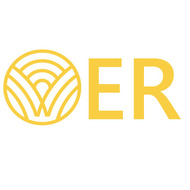How can we help save the Pika who live in the Columbia River Gorge? (4th grade Life Science Unit)
(View Complete Item Description)This integrated OER unit focuses on the 4th grade NGSS bundle addressing Structure, Function, and Information Processing (Performance expectations 4-PS4-2, 4-LS1-1, and 4-LS1-2). Students are engaged in a storyline which presents them with the problem of preserving the pika population who live in the Columbia River Gorge, a species which has recently been threatened in this region due to climate change. Through a series of activities, labs, and field STEM experiences, students engage in scientific modeling and investigation, while building their understanding of how an organism’s internal and external structures enable survival, growth and reproduction. The unit culminates with the development of a product that can be shared with a public audience to instigate positive change in the community and help protect the pika.
Material Type: Activity/Lab




















